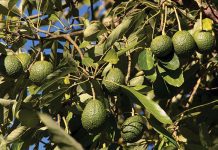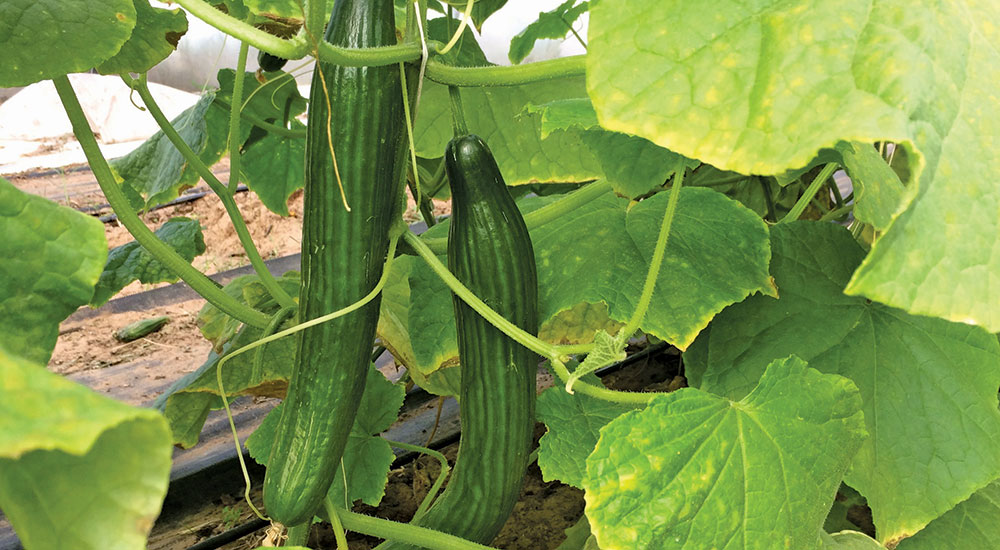
After US farmers faced a challenging year in 2019, there was cautious optimism that the prices of maize, soya bean and wheat could receive a boost from the new trade agreement signed by China and the US last week.
However, if the rebound in production outstripped demand, it would mean a “fairly negative outlook” for producer prices in the upcoming season, said John Anderson, former deputy chief economist at the American Farm Bureau Federation, and a professor of agricultural economics at the University of Arkansas. He was speaking at the recent American Farm Bureau’s annual convention held in Austin, Texas.
According to Anderson, the production challenges farmers faced in 2019, such as adverse weather conditions and the trade tensions between the US and China, had resulted in a decline in the ratio of grain stocks to the volume used.
The US Department of Agriculture (USDA) had earlier reported that US farmers had been unable to plant crops on more than 19,4 million acres [about 7,8 million hectares] in 2019, which was the highest since the USDA started reporting these figures in 2007.
However, if the new trade deal with China resulted in demand outstripping any recovery in production, it would mean better pricing, Anderson said.
Futures prices indicated that a moderate uptick in pricing could be expected, he said.
“[However], if we add another 19 million acres [7,6 million hectares] to what we produced last year, we’ll be in a pretty tough supply situation, regardless of how many commodities the Chinese are willing to buy,” he said.
The US and China recently signed a phase one agreement, according to which China agreed to purchase US$36,5 billion (R509 billion) in US agricultural goods in 2020 and US$43,5 billion (R624 billion) in 2021.
In 2017, before tariffs were first imposed on Chinese goods and China retaliated with tariffs against the US, China procured US$24 billion (R444 billion) in agricultural commodities from the US.
Anderson added that he expected an increase in US pork exports, partly due to the outbreak of African swine fever in China that had wiped out half of that country’s national herd since 2018.
“They are facing a challenge and it has some potential to be very beneficial to our markets,” he said.













